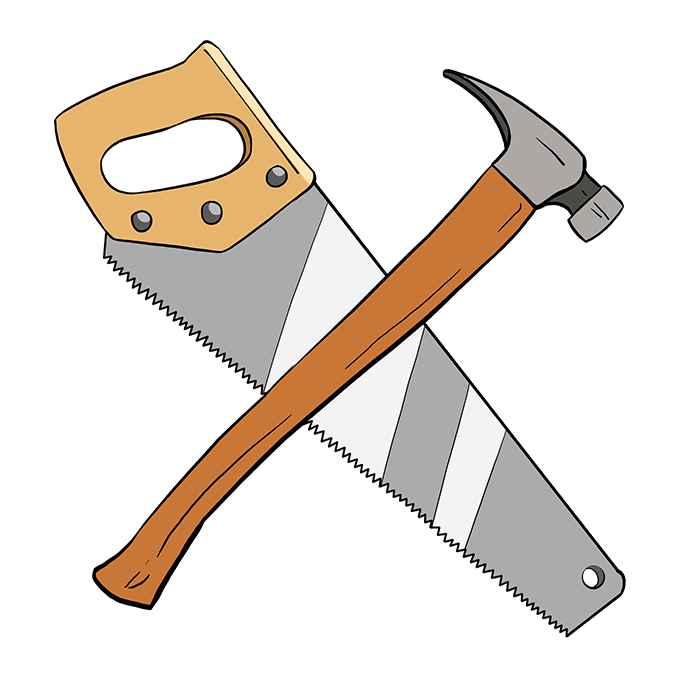Here's a vid: https://www.youtube.com/watch?v=YeqvTJ-Y22Y
As the guy notes, these are and have been commerciably available for a long time, but usually one piece to link two specific parts together. This one will basically do whatever you want it to (barring some exceptions where the ratios are too far apart).
I wouldn't go world touring on it, it seems liable to break or gunk up and you'll probably increase your consumption of cables, but for throwing together the parts bin special this seems pretty good.
The model looks like a pretty easy print. I tried slicing it (fixed link) and the overhangs don't trigger bridging or anything. It is clearly designed with printing in mind.
I don't know exactly how this part is supposed to function, but you can maximize strength by bumping the layer height and extrusion width as much as possible. Layer height must be less than your nozzle diameter (so, 0.3mm for an 0.4mm nozzle) and extrusion width must be larger (you can probably get away with 0.5mm - the overhangs will begin to suffer at some point). In addition to depositing thicker strands, (reasonably) higher temperatures and just as much part cooling as needed will help them form stronger bonds.
Most 3D printers ship with 0.4mm nozzles because the bigger ones don't capture fine details as well, but a 0.6mm or 0.8mm nozzle will print faster and make stronger parts.
don’t know exactly how this part is supposed to function
Basically just converts pull ratios via 2 differently sized wheels. Makes it so one click of the shifter moves the cable by, say, 2mm instead of 1mm.


